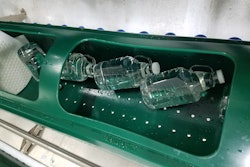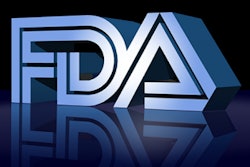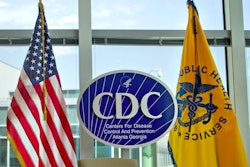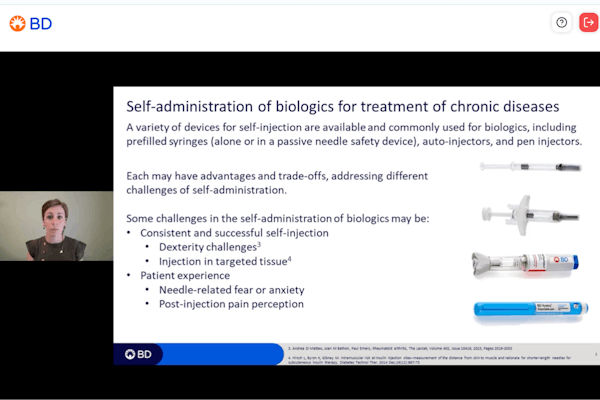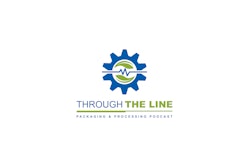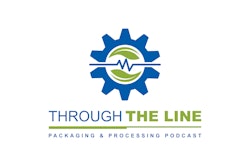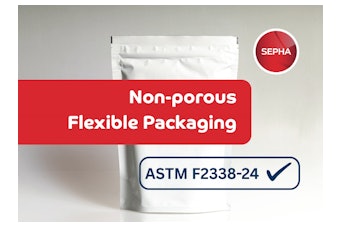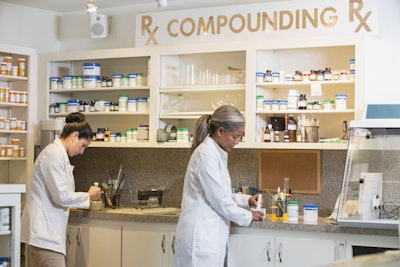
|
In a Jan. 18 announcement, the U.S. FDA made the following announcement: “Pharmacy compounding continues to play an important role in helping patients and providers advance public health. But these practices must adhere to the modern rules that Congress recently enacted, including in the Drug Quality and Security Act, to enhance the safety and sterility of these medicines. The FDA is fully committed to implementing these requirements in a way that preserves the legitimate practice of pharmacy and promotes access to these important drugs while protecting patients,” said FDA Commissioner Scott Gottlieb, M.D. “Our 2018 Compounding Policy Priorities Plan lays out a comprehensive work plan for how we will implement key aspects of this important law, including making changes to some proposed policies to better ensure we balance the need to preserve access to appropriately compounded drugs for patients whose needs cannot be met by FDA-approved products with our legal obligation to help protect patients from poor quality compounded drugs that could cause significant harm. “For instance, we’re taking steps to make it more feasible for certain compounders to become outsourcing facilities by taking a risk-based approach to how we will implement good manufacturing requirements on these facilities. The goal is to make it more feasible, and lower cost, for a larger swath of pharmacies to transition to becoming outsourcing facilities. Many of these policy priorities are well underway, including three final guidance documents announced today. Other policies will be rolled out over the course of the coming year. The FDA’s compounding program is a priority for the agency given its profound public health importance. I look forward to soon sharing more on how we will continue to build on these efforts as part of our public health mission," added Gottlieb. |
|
|
The 2018 Compounding Policy Priorities Plan outlines how the agency will implement certain key aspects of the DQSA and other provisions of the law relevant to compounders. DQSA put in place more robust oversight of compounders and enabled closer federal and state collaboration. It also established a clear legal framework that provides for compounding to meet patients’ medical needs, while also giving the FDA tools to promote the quality of compounded products, which have not undergone FDA premarket review for safety, efficacy and manufacturing controls—and address unlawful compounding practices that threaten public health. The agency’s announcement said the law created a new category of compounders, called outsourcing facilities, which may engage in larger-scale, nationwide distribution under additional FDA oversight. The 2018 Compounding Policy Priorities Plan specifically details how the FDA will:
‘Essentially a copy’ guidance As part of its implementation of the plan, the FDA also issued two final guidance documents explaining the agency’s policies on the “essentially a copy” provisions of sections 503A and 503B of the Federal Food, Drug, and Cosmetic Act. For example, the guidance documents describe the characteristics of drugs that may be considered “essentially a copy” and the FDA’s policies regarding prescriber review of changes between compounded drugs and commercially available or approved drugs to determine whether they produce a significant or clinical difference for individual patients. Biological product guidance The FDA on Jan. 18 also issued a final guidance on mixing, diluting, or repackaging biological products, which describes the conditions under which the agency does not intend to take action when certain biological products are mixed, diluted, or repackaged in a manner not described in their approved labeling. These policies are intended to minimize public health risks, while preserving access to these products for patients who have a medical need for them. FDA provided the following online resources for more information: |



